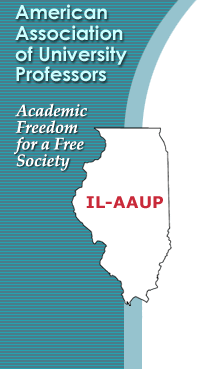 |
|
Sonia Sotomayor, My Beloved World (Knopf, 2013)
Reviewed By Ken Andersen
Most Americans probably formed their first impression of Sonia Sotomayor based on one of the many talk shows where she appeared while promoting her book. For a time the book was on the New York Times best seller lists but no surprise it did not have the staying power of Bill O'Reilly's Killing Lincoln, reviewed a few years ago in this newspaper. Her appearances confirmed her good sense of humor that shown through the pages of her book, her warm demeanor and personal touch.
This is a most enjoyable book, fun to read with occasional bursts of laughter by this reader, and bringing to mind more than a few parallels in experiences for two of us with dissimilar backgrounds. I suspect many readers will sense a connection given the range and warmth of this memoir.
Supreme Court Justice Sonia Sotomayor's appointment to the Supreme Court was a ground breaking one in many respects. The first Hispanic and third woman appointed to the Court, she came from a Bronx housing project, earned highest honors at Princeton and Yale Law School, and emerges as a very human and humane warm, wise woman thankful and unapologetic for the affirmative action that to a degree made possible her success. Clearly hers is a great intellect building on a high degree of self-reliance and contributions by others in her journey. She turned negatives into positives in responding to various obstacles.
Diagnosed with diabetes before age eight, Sotomayor saw that neither her alcoholic father nor her mother was capable of giving her needed insulin shots. Her response was to master the details of the procedure and give herself the shots, a hallmark of the self-reliance that characterizes her life.
Sotomayor deals frankly with many of the issues in her life: a failed marriage to a long-time boyfriend and current friend; managing the multiple tensions with her mother who sacrificed to provide a quality education at a Catholic school; an extended network of family, friends and their children in Puerto Rico and New York City; her tendency to be a great listener to others but be very secretive about her own problems; and her final reconciliation with and understanding of her mother. Her candor at times is breathtaking.
As an Iowa farm boy growing up in a fairly isolated social environment, except for school, how could I identify so greatly with someone with a Puerto Rican heritage growing up in a teaming city albeit largely in a New York City slum or backwater? Her experiences were so different and yet we shared many of the same concerns growing into adulthood and on our entry into school, then college and she law school and I to graduate school. Other students were seen as naturally belonging there while we faced the need to learn how function and belong in and to the institution. We share a recognition of how different this was and the future would be contrasted to the milieu from which we came and remains part of us.
Fourteen pages of largely candid pictures from early childhood to taking the oath for Supreme Court service are helpful in understanding the arc of her life and reinforce her narrative. Despite great success as high school valedictorian and highest honors at Princeton and Yale Law School and now a Supreme Court Justice, she seems as grounded and down to earth as an individual could be. Those honors and her progression from a District Attorney's office, private practice, and appointment to the Federal District Court before age 40 are treated as just part of the narrative of how it was as she answered her call to the law. She repeatedly stresses how grateful she is for the help she received through the support and friendship of many and in turn offers that to others.
Some sense of her approach to the law and how she will function as a Court member is offered in her stress that she will continue to evolve, with the final outcome of that evolution she and we are yet to know.
But her understanding of what it means to be poor and in need must condition her responses on as well as off the bench. Her history of forming associations to advance the interests of particular groups otherwise marginalized is one aspect of her evolution.
My assessment based on the book, is that we have a warm, humane individual whose experiences give her a rich understanding of many elements of lives and lifestyles unlike that of many justices. She brings an intellectual power to the Court that coupled with her other characteristics should serve the Court and the nation well. I look forward to the opinions that she will write whether for the majority or, particularly, the minority, even a minority of one.
This book will resonate for many academics in the sense of shared experiences. It is an important book in offering one case study of achieving through a combination of intellect, disciplined hard work and determination what we may term "The American Dream." It will be interesting to reread this book in the future as her impact on the Court becomes documented and would it would offer a fascinating comparison if she picks up the narration at some later future date: can we hope for "My Beloved Court"?
|
|


